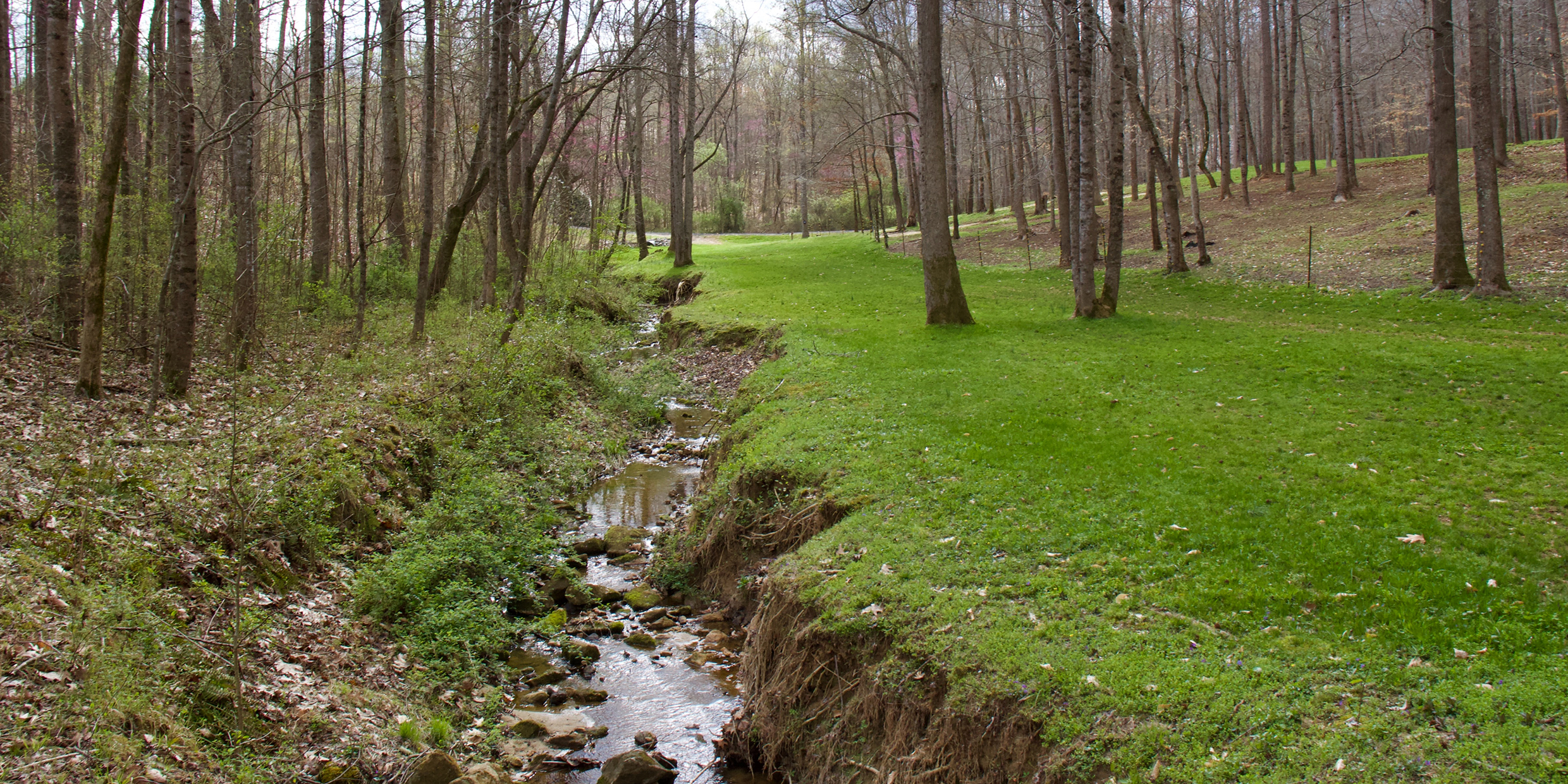Originally published 18 September 1995
Some weeks ago I attended a gathering of nature writers on Martha’s Vineyard. On the first morning, we took time to introduce ourselves and say a bit about how we came to be interested in the natural world.
I was struck by how often it was the experience of a ditch that had turned us toward the natural world. Few of us grew up in wild places. We were mostly children of the suburbs. More often than not it was while mucking about in a nearby drainage ditch that we discovered what would become the passion of our lives.
A drainage ditch can be a surprisingly rich habitat, especially compared to the green monotony of suburban lawns. Of course, as kids, we were not doing anything that could remotely be called natural history. We seldom knew the names of the plants and animals we observed, much less anything of their biology. The word “ecology” wasn’t in our vocabulary, or even in the vocabulary of our parents.
But there were plenty of ditchy wonders to ignite a child’s mind.
Show me the kid that, having discovered the inconspicuous downward-pointing barbs on the stems of Polygonum arifolium, doesn’t invite a friend to pull the plant from the ground. Not for nothing is it called “tear-thumb.”
Or the seed pods of jewelweed, a.k.a. touch-me-not. Ask a companion to pinch a ripe seed pod and — POW — it explodes between her fingers.
Cattails. Perhaps the most unflowerlike flower in the ditch, terrific as a club for ditchside frays, especially when ripe with fuzz.
And a seasonal zodiac of frogs, newts, salamanders, mudpuppies, crayfish, turtles, and snakes, fun to catch, keep, or simply use to scare the pants off timid comrades.
Ditch water, in dribble or flood, is the stuff of creaturedom, the great animator that turns cracked suburban mud into Darwin’s tangled bank. Loosestrifes soak their feet in it. Knotweeds slurp it up. Striders stride and whirligigs skitter on its slovenly surface.
Even a trickle is an invitation to play — dams, canals, bridges, boats — squishing barefoot in the mud among the cattails, shattering the gothic webs of argiope spiders.
Mucking about in ditches, struck unconsciously and unalterably with the prodigiousness of life. A burry, buggy, algae-slicked introduction to nature’s inexhaustible capacity to surprise.
“The flowering of the ditches,” is Thoreau’s delicious phrase.
I was thinking about that circle of writers and their ditches the other day while mucking about the drainage ditches of my college campus. Well, perhaps “mucking” isn’t the right word. The ditches this year are drier than I ever remember them, banks less tangled. Only a single frazzled cardinal flower stands where last year there was a vibrant colony. The flowers of the jewelweed, which usually glisten like gems, have the look of pasty baubles.
Not a buzz or a flutter. Spiders haul in empty nets. God knows what the loosestrife and joe-pye weed are doing for pollination.
Still, compared to the brown Saharas of parched lawns, the ditches are jungles. Certainly, even this drought-ridden autumn, kids are clambering down banks, tearing their thumbs on tear-thumb and detonating the pods of touch-me-not. A few of these kids will be infected with that peculiar intellectual virus that leads to a lifelong preoccupation with the natural world.
My own childhood ditch was in Chattanooga, Tennessee, in fields behind my house, dug by whatever farmer owned the land to channel away the occasional flood. We played “army” on the banks, building roads and fortifications for our tin soldiers, Allies and Axis. We sent battalions floating on wood-chip barges to make amphibious landings on the opposite shore.
There was always the possibility that the snake seen slithering among the weeds might be the “dreaded cottonmouth,” which of course we never actually encountered, and which probably didn’t even exist within a hundred miles of our ditch, but which, like the Loch Ness Monster, imbued our murky waters with a captivating element of danger.
When play was finished we spent long hours sprawled on two-by-eight planks across the stream, lazily watching for whatever gifts the muddy flow brought our way, a purling cornucopia of animals and plants.
Those fields of my childhood neighborhood have been built over with houses, but when last I was home the ditches were there, sometimes channeled through concrete culverts, sometimes diverted to accommodate a new road, but still provident hunting grounds for nature’s bounty.
There will always be ditches. When we have paved over all of the woods and fields, when chemically-addicted suburban lawns stretch in unbroken boredom from sea to sea, there will still be ditches. Down at the back of the subdivision, at the side of the road, behind the mall. Places for kids to discover the tangled webs we have broken. The final habitat.



